Hyogo Ion Beam
Medical Center


Hyogo Ion BeamMedical Center top > Hyogo Ion Beam Medical Center
Cancer eradication: the ardent wish of humanity
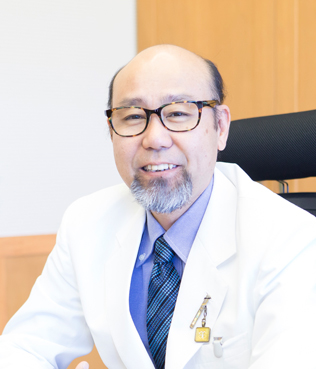
Tomoaki Okimoto M.D.
Director,
Hyogo Ion Beam Medical Center
Hyogo Ion Beam Medical Center (HIBMC) was established on April 1, 2001 with the goal of eradicating cancer, which is an ardent wish of humanity.
Our weapon in fighting this tough enemy is charged particle radiotherapy featuring two types of charged particles (proton and carbon-ion).
HIBMC was the world's first institution that offers both of these two types of therapy, and there are only four of such institutions in the world (as of the end of March 2016).
The number of cases to which we applied charged particle radiotherapy at HIBMC exceeds 7,000; we have world-class clinica lexperience.
We have actively published our achievements through presentations and lectures in (academic) conferences, and peer-reviewed academic journals.
There are three major approaches to cancer treatment: surgery, chemotherapy and radiotherapy. In addition to these, immunotherapy is gathering attention as a fourth approach.
Under this situation, what can people expect from particle radiotherapy? The answer is improved treatment results for intractable cancers which cannot be cured with other therapies. HIBMC has been actively working on the cases that were incurable at other institutions and achieving results. The tumors we havehandled include bone and soft tissue sarcoma, tumors in the head and neck, pancreas cancer, biliary tract cancer, liver cancer, lung cancer and others.
To bring satisfaction to intractable cancer patients and their families, I pledge we will continue to exert every effort to further improve our treatment outcomes.
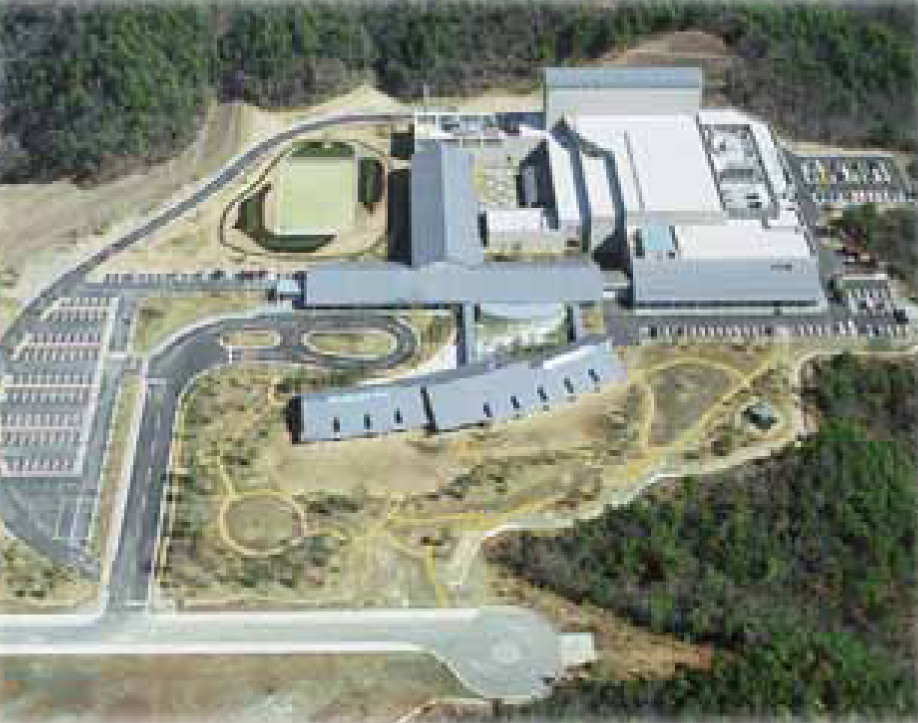
Full view of the Center
| Establishment | April 1, 2001 |
|---|---|
| Clinical department | Radiotherapy |
| Number of beds | 50 |
| Features | Japan's first local governmental facility for charged particle radiotherapy; the world's first and Japan's only medical center where both proton and heavy-ion beam radiotherapy is performed |
| April 1, 2001 | HIBMC opened(Proton beam radiotherapy started) |
|---|---|
| April 1, 2002 | Carbon-ion beam radiotherapy started |
| August 1, 2004 | Proton beam radiotherapy at HIBMC certified as a Kodo senshin-iryo ("highly advanced medical treatment")* |
| June 1, 2005 | Carbon-ion beam radiotherapy at HIBMC certified as a Kodo senshin-iryo ("highly advanced medical treatment")* |
| April 1, 2016 | Some indications became covered by health insurance (Pediatric tumors for the use of proton beam radiotherapy, non-resectable bone and soft tissue sarcomas for the use of carbon-ion beam radiotherapy) |
*Kodo senshin-iryo
Cutting-edge medical treatment certified by the Ministry of Labour, Health and Welfare of Japan. The fee for such treatment is not covered by health
insurance, but related costs (such as hospitalization, medication and practice costs) become covered by health insurance. The labelling system was
changed in 2006, and what was at the time Kodo senshin-iryo is now called Senshin-iryo ("advanced medical treatment").
In the case of conventional radiotherapy using X-ray, the shallow dose at the region close to the skin is higher, and the dose at the tumor at some depth of the body is lower. Due to this, some cases result in insufficient effect. On the other hand, in the case of the charged particle, the dose is low at shallow depth and increases to a sharp maximum at a certain depth, allowing sufficient dose at the tumor. This leads to better treatment results.
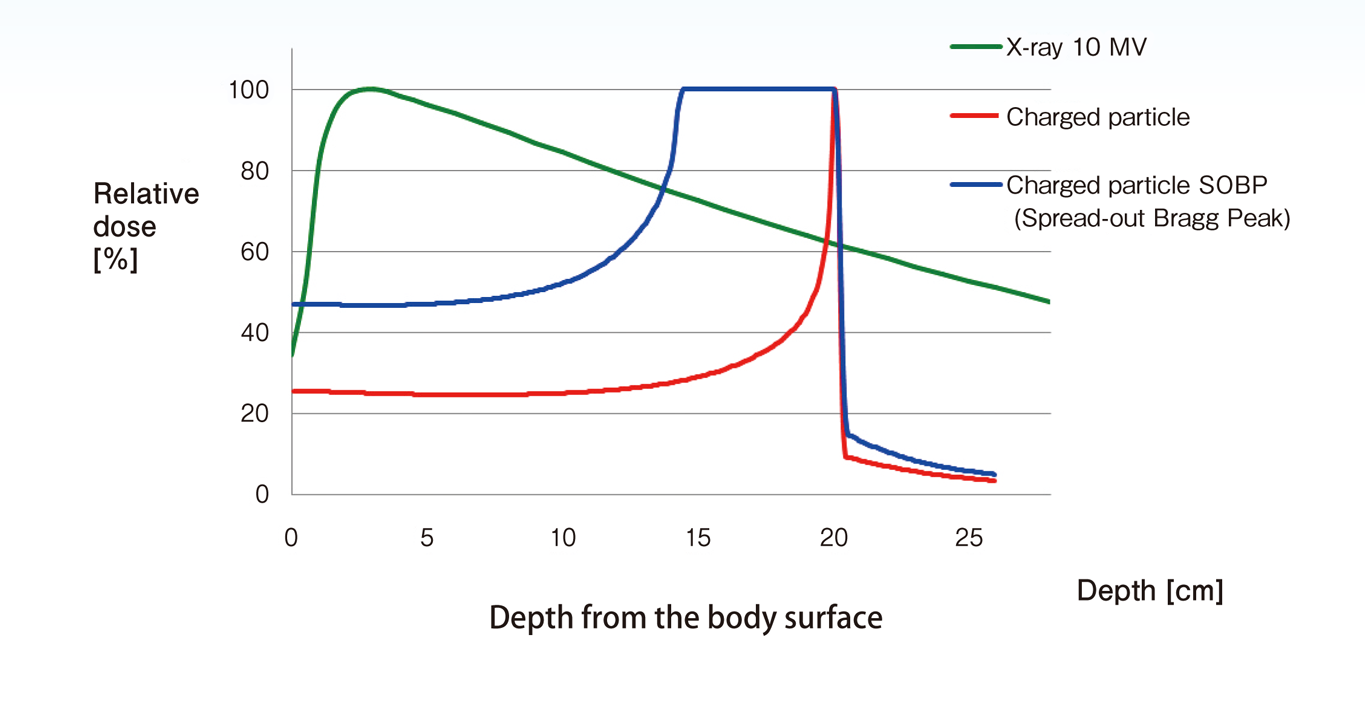

Starting April 2016, the charged particle radiotherapy is covered by health insurance for some indications. For other diseases, the charged particle radiotherapy will continue to be offered as a Senshin-iryo ("advanced medical treatment," see footnote on the preceding paragraph in a writing ), following the unified treatment policy established by the Japanese Society for Radiation Oncology (JASTRO).
Pediatric tumors (for proton beam radiotherapy only) and non-resectable bone and soft tissue sarcomas (tumors developed at the bones or soft tissues such as muscles, blood vessels, or subcutaneous tissues; for carbon-ion beam radiotherapy only) are covered by health insurance.
Charged particle radiotherapy for diseases not listed above will be offered as a Senshin-iryo, based on the indications and unified treatment policy established by JASTRO.
* For details about the indications, please refer to JASTRO's website.
Number of patients treated at HIBMC (As of the end of March 2016; including clinical trials)
| Head and neck | Lung | Liver | Pancreas | Prostate gland | Bone and soft tissues | Others | Total |
|---|---|---|---|---|---|---|---|
| 965 | 690 | 1,403 | 533 | 2,427 | 313 | 1,210 | 7,541 |
| Head andneck | 965 |
|---|---|
| Lung | 690 |
| Liver | 1,403 |
| Pancreas | 533 |
| Prostategland | 2,427 |
| Bone and soft tissues | 313 |
| Others | 1,210 |
| Total | 7,541 |
Through our experiences so far, we must say that charged particle radiotherapy is not suitable for some cancers.
Whether the therapy can be applied to a patient or not is decided after evaluating the size, stage and location of the cancer, as well as the overall condition of the patient.
Radiation tends to promote ulcer development in gastrointestinal mucous membranes, so charged particle radiotherapy is usually not applied to cancers in the digestive tract (stomach, large intestine, etc.).
It may also be difficult to apply charged particle radiotherapy to cancers not in the digestive tract but in organs contacting with or close to the stomach and intestines, due to the high risk of mucosal ulceration.
* When it is difficult to irradiate the charged particle because the affected area is close to the digestive tract, surgical spacer placement (placing an object between the digestive tract and the tumor; not covered by health insurance) may allow appropriate irradiation.
In cases where the primary cancer has spread to multiple organs (lung, liver, bone, etc.), charged particle radiotherapy cannot be applied. We cannot expect sufficient effect when cancer has spread to lymph nodes either.
When the size of the cancer exceeds 12 cm, it is difficult to effectively apply the therapy due to technical reasons (constraints of therapeutic devices).





At the first visit, whether or not the therapy is applicable is determined.
(Diagnosis documents and image data from the primary doctor is necessary)
When the therapy is determined applicable, the remainder of the process,
from preparation to completion, will be conducted via clinical path schedules.
Preparation
Treatment planning
Approval of the plan
Informed consent
Rehearsal
Therapy sessions
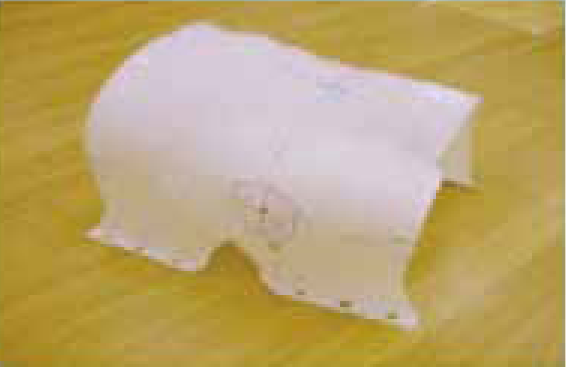
A brace

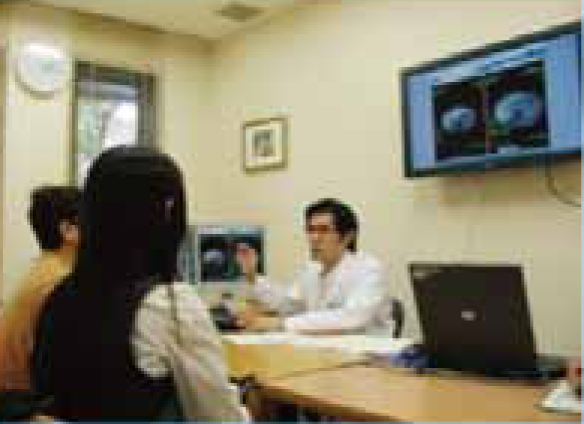
Preparation
Treatment planning
Approval of the plan
Informed consent
Rehearsal
Therapy sessions
It takes approximately 15 to 30 minutes of preparation in order to specify the cancer's location accurately and provide precise irradiation. Actual irradiation time is usually 2 to 3 minutes, and approximately 5 minutes for regions that move with the action of breathing.
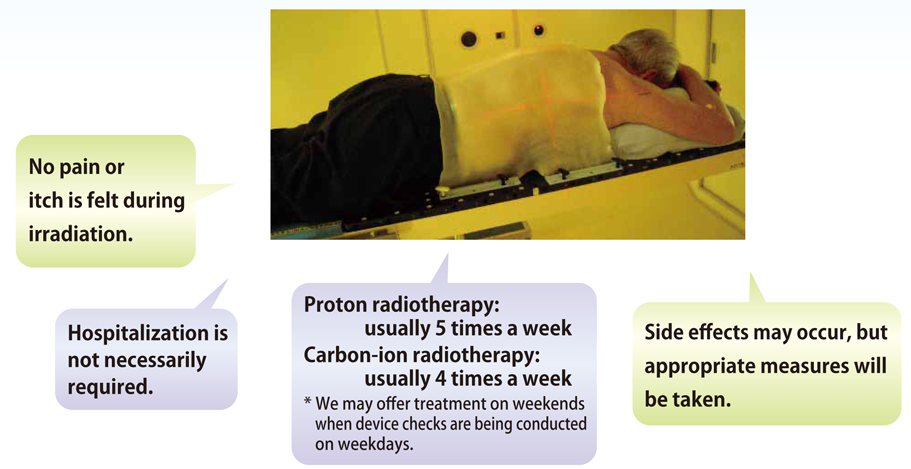
After therapy, the patients will be seen and examined at the primary medical institution.
HIBMC will also confirm the patient's status via the report sent by the patient based on the My Karute("My clinical record") system.
This is an important system to confirm the treatment effects, deal with side effects and detect recurrence at an early stage.

Consultation
The staff receiving telephone consultation
from a patient after the therapy
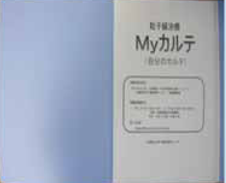
My Karute
This is the clinical record held by the patient
for post-therapy health management.
Please download the application form.
fill out the necessary information and send it by fax.
Fax number:
+81-(0)791-58-2600
* The date and time for appointment will be sent to the primary doctor by fax.


Address
1-2-1 Koto, Shingu-cho, Tatsuno City, Hyogo 679-5165
contact
Tel: +81-(0)791-58-0100 Fax: +81-(0)791-58-2600
Hours
8:30?17:00 on weekdays (Closed on Sat, Sun and holidays)
By Shinkansen
(Fastest way to JR Aioi Station)
By Car
By Air
By Bus